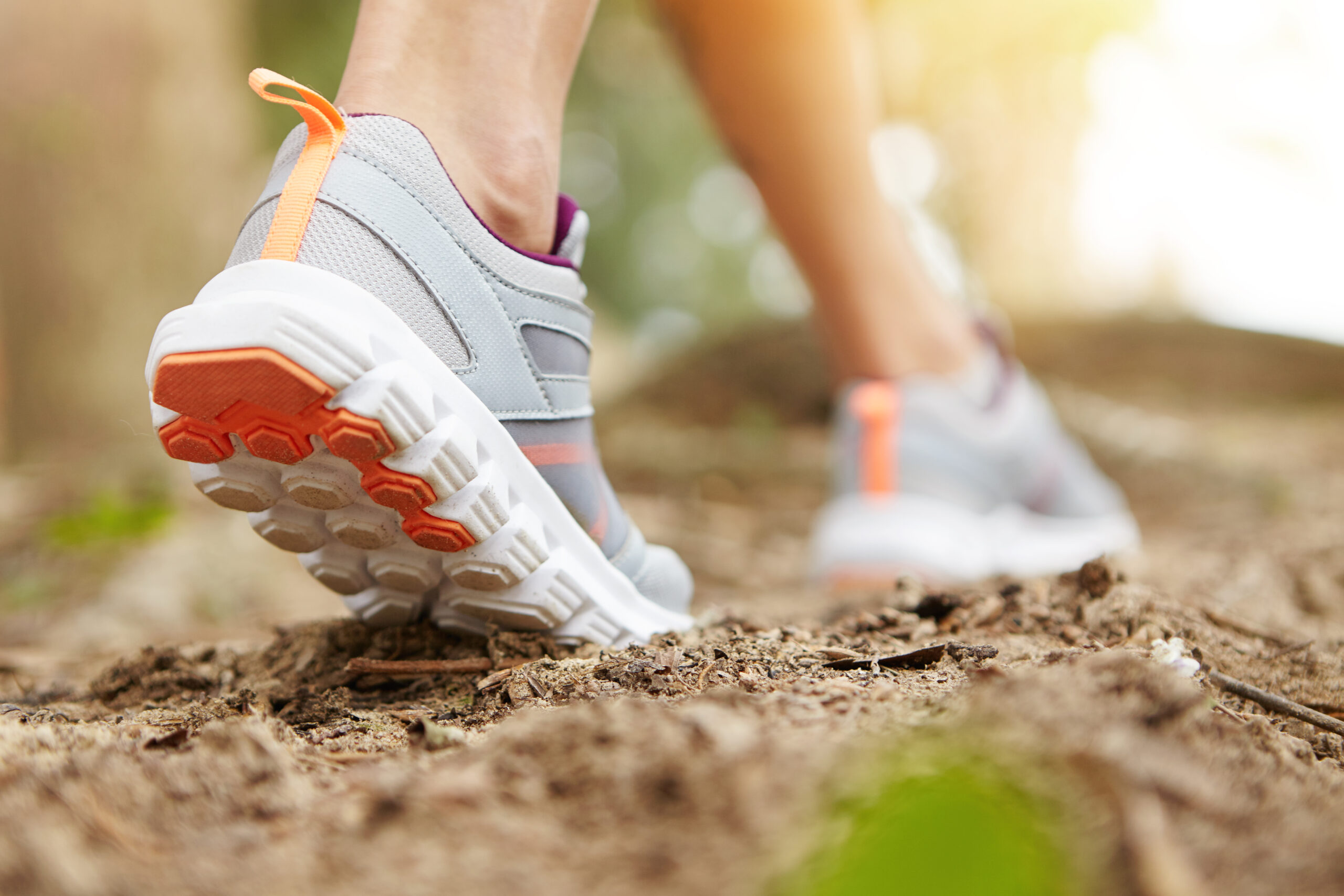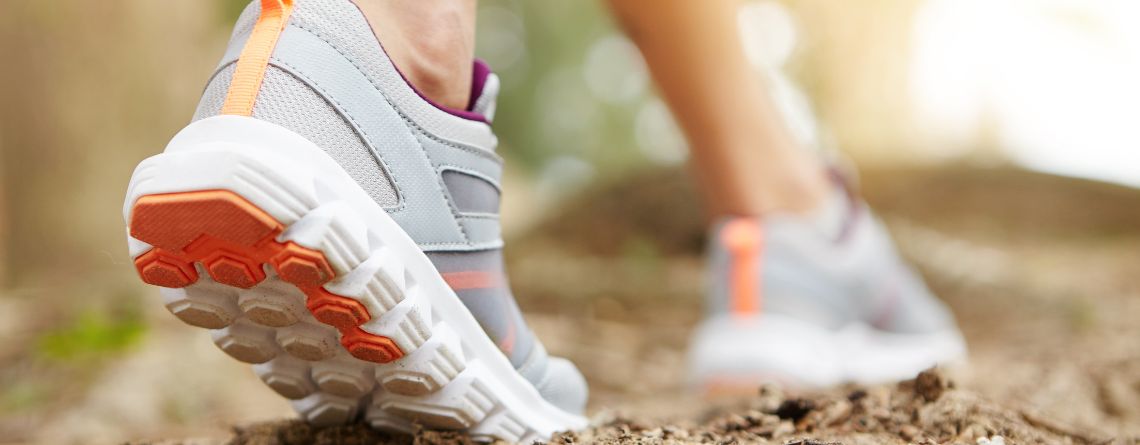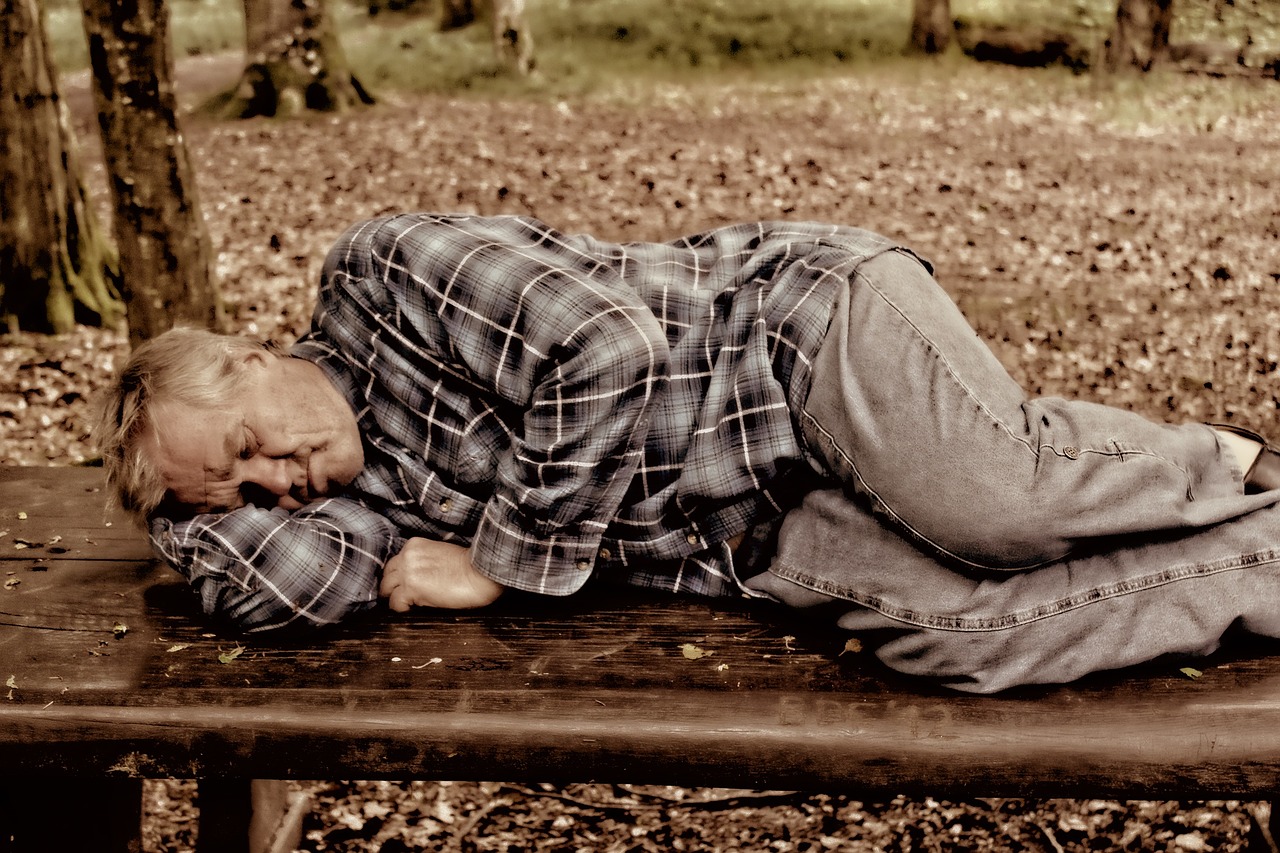THIS Is One of the Most Underrated Secrets to Longevity
Today, I want to write about a simple yet profoundly impactful form of exercise—walking. Now, I won’t say that everyone can do it, because some people may have physical limitations. But for those of us who can walk, this is one of the most underrated tools we have for enhancing our health and well-being.
In our modern world, there is so much confusion—whether it’s about medicine, nutrition, or spirituality. We often don’t know which path to follow. Exercise, too, is surrounded by similar confusion. What works for one person may not work for another. We’re all unique, with different body types and bio-individual needs. But there is one exercise that science consistently supports for virtually every health benefit—walking.
Walking: The Universal Exercise
Walking is easy, free, and accessible. It doesn’t require fancy equipment or gym memberships, just a bit of your time. And the best part? Walking has been shown to improve your health span and longevity. It works as a natural antidepressant, although it shouldn’t replace medication when needed. For some, it can significantly boost mood, serving as an adjunct to more formal treatment.
Despite its simplicity, walking is often overlooked. Many people dismiss it because they think it won’t help them lose weight, and so they stop. But here’s the thing: walking isn’t just about weight loss. It offers a plethora of benefits for your entire body and mind.
Why Walking Matters For Your Health?

Not everything in life revolves around weight loss, muscle gain, or physical appearance. Your body consists of trillions of cells that require care and attention. When we neglect movement, we risk sabotaging our health. If you’re fortunate enough to have the ability to walk, take advantage of it. Walking is a natural gift.
One common excuse I hear is, “I don’t have time to exercise.” But we all have the same 24 hours in a day. It’s not that you don’t have time—exercise just isn’t a priority. No access to a gym? No problem. You can walk anywhere: in a park, on a treadmill, or even in your living room if space is limited.
Variations of Walking
There are countless ways to walk: on flat terrain, hills, or an incline if you’re using a treadmill. You can walk indoors or outdoors, depending on your circumstances. During the pandemic, many people adapted by walking indoors in small spaces. Some of my clients, who live in tiny apartments, have successfully managed to get their steps in, despite limited room.
It’s not about hitting a magical number like 10,000 steps. The idea behind that number is simply to reflect a high level of daily activity. If you’ve walked 10,000 steps, it likely means you’ve been moving throughout the day. For some people, 7,000 steps may be enough, while others feel better at 12,000. The key is to listen to your body and find what works for you.
Every Step Counts
Every time you take a step, something amazing happens within your body. Walking activates your lymphatic system, a critical part of your immune system responsible for detoxifying your body. Unlike your circulatory system, where the heart pumps blood even when you’re sedentary, your lymphatic system needs movement to function effectively.
Walking also generates electricity in your body—electricity that powers brainwave activity and supports cellular function. In contrast, a sedentary lifestyle leads to physiological changes that affect how we eat, sleep, and think. We become more prone to cravings, fatigue, and overall decline in well-being.
Walking as a Daily Practice
No matter where you are in the world, start making friends with this beautiful, natural exercise. You don’t have to put yourself in a box. Start with a 30-minute walk, or even 15 minutes if that’s all you can manage. Consistency is key. You can still do other exercises—weightlifting, yoga, calisthenics—but commit to walking daily and observe the transformation.
When you’re feeling stressed, anxious, or overwhelmed, try going for a walk. Remove yourself from the stressful situation, and notice how your mindset shifts when you return. Walking won’t magically solve your problems, but it will help you gain clarity and feel better.
Walking in Nature vs. Walking with Music

Some people prefer to listen to music while walking, especially in crowded cities where honking and noise can be distracting. But if you’re fortunate enough to live near nature, try walking without music. Listen to the natural sounds around you, and let your walk become a form of meditation. Focus on the rhythm of your steps and the movement of your body. If you need music, that’s okay too, but give this mindful approach a try.
Walking for All Ages
No matter your age, walking is beneficial. Of course, if you have stability issues or other health concerns, it’s important to walk safely. But for most people, walking strengthens muscles, enhances cardiovascular health, and supports bone density. The more you walk, the stronger your muscles become, and this strength will support you as you age into your 40s, 50s, 70s, and beyond.
Many people who live vibrant, healthy lives well into their 90s and even 100s credit their longevity to remaining active. It doesn’t have to be a long walk—even 15 minutes can make a significant difference. The point is to stay active, because movement is essential for maintaining overall health.
Walking is Not the Only Answer, But It’s a Powerful One
Life will always throw excuses at you—relationships, kids, work, and business. But be honest with yourself and assess how you spend your time. You’ll likely find areas where you can replace time wasters with a 20- or 30-minute walk. Some people like to walk while listening to podcasts or learning something new. Make the most of your time, but don’t overlook the simplicity and power of walking.
Walking shouldn’t be your only form of exercise. The body needs flexibility, mobility, endurance, and strength. But walking is a beautiful foundation that supports everything else. As you age, you may find that more intense forms of exercise become challenging. In that case, pairing walking with yoga, stretching, or mobility work can be enough to keep you healthy and active.
Encourage your parents and loved ones to walk, too. If they are able, walking can improve their health, strengthen their bones, and prevent osteoporosis. Even if they already have osteoporosis, walking can provide positive benefits.
In Short, Start Walking Today
If you have the gift of mobility, use it. There are many people who don’t have this ability, and they would give anything to walk. Gratitude for what we have includes using our bodies in the way they were designed to function.
I challenge you to start walking for six days—a half-hour or more each day. Notice how you feel, both physically and emotionally. Write down how your mood changes after each walk. Great health isn’t just about physical appearance—it’s about how you feel within. How we feel internally influences every aspect of our health.
So, get moving. Walk, breathe, and take charge of your well-being.
ALSO WATCH:
|
From a pimple to cancer, our You Care Wellness Program helps you find a way Talk to our integrative team of experts today 18001020253 |










Leave a Reply